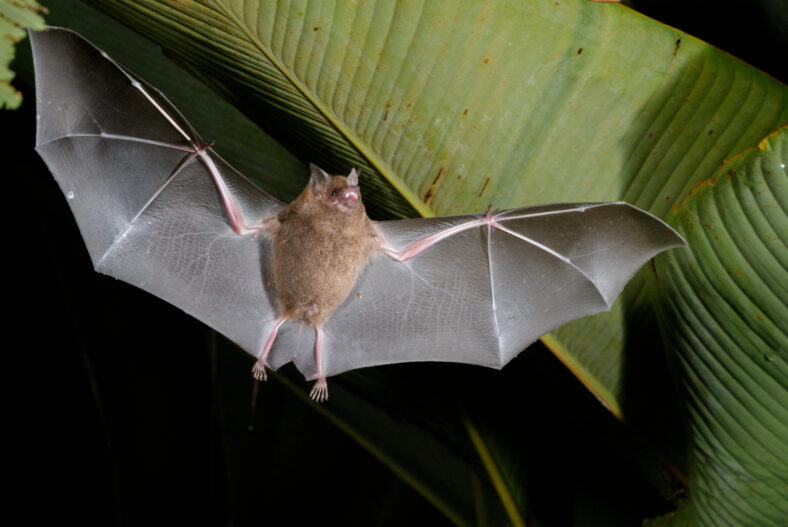Bats Don’t Get Sick, Despite Being Disease Carriers, And Scientists Now Understand Why This Is

Many viruses have been linked to bats, as they are known disease carriers. The Ebola, Marburg, Nipah, and Hendra viruses originated from bats.
So did coronaviruses like SARS-1 and MERS. Millions of people have fallen ill from these viruses, and some have even died.
Even though bats carry the diseases, they don’t get sick themselves. They have strong immune systems that prevent pathogens from affecting them.
Until recently, scientists did not fully understand how bats could harbor all kinds of pathogens without being harmed.
A new study is explaining how bats can live with viruses without showing symptoms, specifically coronaviruses. The creatures can offer a lot of insight into human health.
“These defense mechanisms are linked to their immune system—on one hand, the immune system of the bats makes it harder for the viruses to replicate upon infection,” said Dr. Sonja C. Vernes, a co-author of the study at the University of St. Andrews School of Biology.
“On the other hand, the bats suffer less from inflammation usually caused by an animal’s own immune system that can cause so much harm following infection.”
The researchers used an international research consortium known as the Bat1K project to sequence coronavirus genomes from 10 new bat species.
They found that bats exhibited more adaptations in their immune genes and at a faster rate than other mammals. The adaptations have allowed them to tolerate infection by reducing inflammation so they don’t get sick.

Sign up for Chip Chick’s newsletter and get stories like this delivered to your inbox.
In bats, there is an antiviral gene known as ISG15. It reduces the number of viruses in cells, but its effect depends on the species of bat.
The same gene can even be found in humans, although it is a little bit different and does not provide the same kind of protection against SARS-CoV-2 as it does in bats.
In addition, the team looked into bats’ evolutionary history. The species Chiroptera contains special immune systems due to a common ancestor with a high number of beneficial immune genes.
According to Vernes, some of the changes appeared to have taken place early in evolution, suggesting that their super strong immune system is connected to their ability to fly.
By learning more about a bat’s natural ability to resist infection from viruses and other pathogens, scientists can better understand how humans get sick and develop more effective new medicines to treat illnesses.
“The changes found in bat genomes give us exciting antiviral targets to explore,” said Vernes. “This could lead to medical breakthroughs that help us protect ourselves from future viral pandemics.”
“These findings also help us understand the interaction between viruses and other animals like bats—an important step in preventing future pandemics.”
The details of the full study were published in the journal Nature.
More About:Animals





